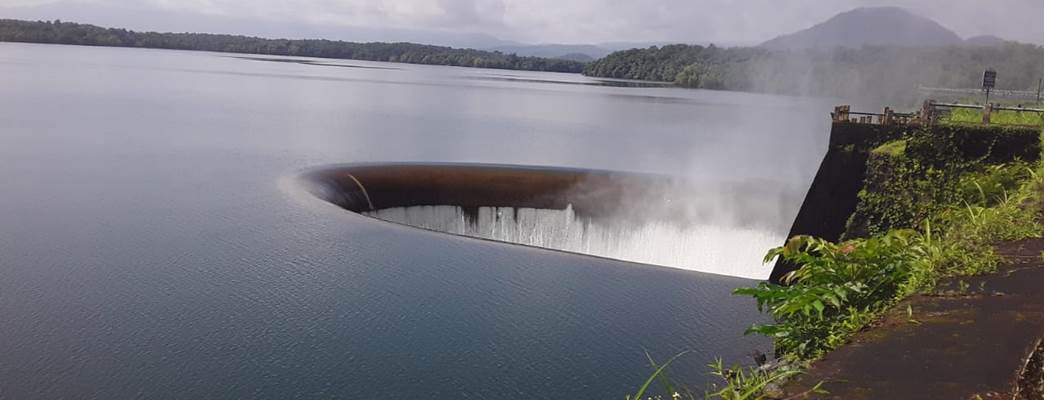The Salaulim dam in Goa that supplies water for industries and irrigation and to around 70% of the population of the city was studied as a part of the research. The one of its kind duckbill spillway of the Salaulim dam makes it look like a massive waterfall, adding to its beauty.
Original design metrics of the dam that are sensitive to the changing climate were investigated. Simulations from six different climate models were used as an input into a hydrological model. The model predicted future rainfall patterns, the possibility of floods under maximum precipitation conditions, future quantum of rainfall or in-flow into the reservoir and the effect on the capacity of the reservoir.
The study indicated the possibility of higher rainfall and inflows into the reservoir.
When the scenario of sedimentation or silting of reservoir coupled with changing climate was analyzed, it indicated that the capacity of the reservoir to store water was likely to decrease. Therefore, the opportunity of storing water that could be used during a lean period will reduce. Various adaptation measures have been suggested that could enhance the preparedness of dealing with the situation while ensuring sustainability. The project report is now available for use by the authorities to help manage the water inflows and flooding of the dam. The study may also prove useful in exploring the hydropower generation potential of the dam.
The webinar was well received and attended by around 50 stakeholders, led by the Chief Engineer, WRD, Government of Goa, members of TERI and Embassy’s Counsellor for Cooperation, Camilla Dannevig, who expressed hope that the studies would serve as useful policy input at national and sub-national levels.
